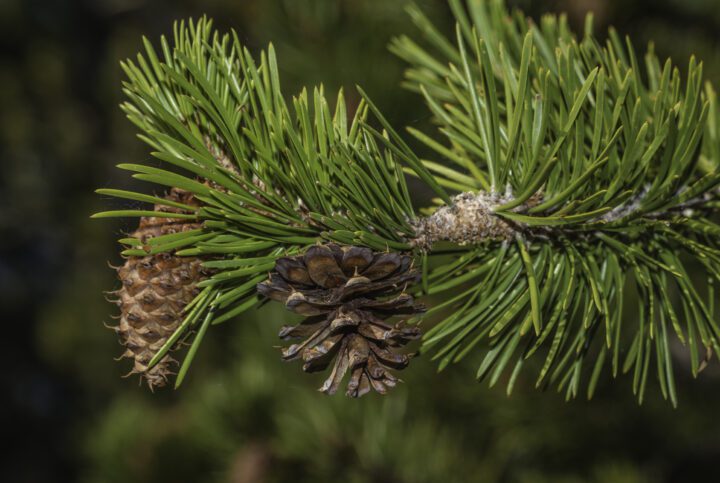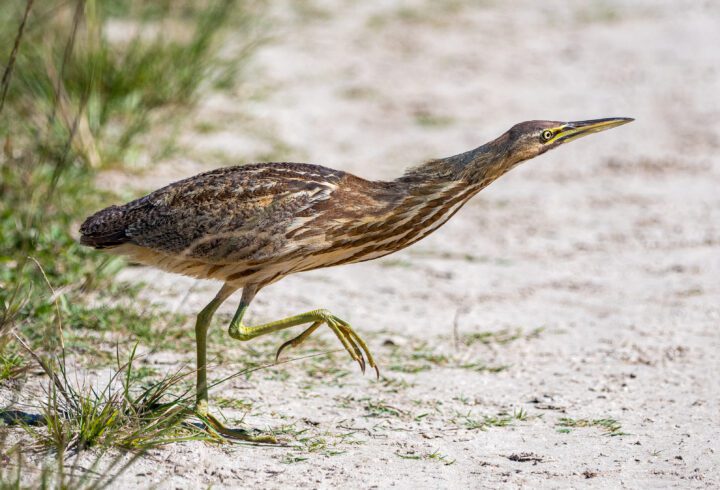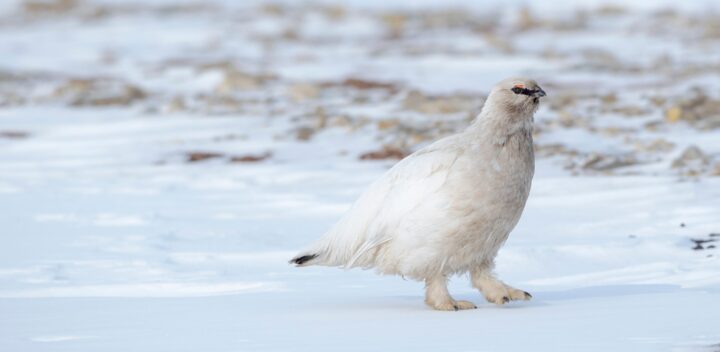Protect From Excess Liquids
While water is essential to life, too much water or other liquids can overwhelm living systems. Excess liquids can, for example, decrease a living system’s access to oxygen, promote excessive bacterial or fungal growth, or strip away soil and nutrients. To prevent the accumulation of excess liquids, living systems must control the movement of liquids across their boundaries or surfaces. They do so using waterproofing materials or structures, slowing flow, and/or facilitating flow to move the liquid away. Plant leaves, for example, commonly have waxy surfaces comprised of water-repelling chemicals to keep water from engorging the leaves or facilitating bacterial and fungal growth.
Modify Size/Shape/Mass/Volume
Many living systems alter their physical properties, such as size, shape, mass, or volume. These modifications occur in response to the living system’s needs and/or changing environmental conditions. For example, they may do this to move more efficiently, escape predators, recover from damage, or for many other reasons. These modifications require appropriate response rates and levels. Modifying any of these properties requires materials to enable such changes, cues to make the changes, and mechanisms to control them. An example is the porcupine fish, which protects itself from predators by taking sips of water or air to inflate its body and to erect spines embedded in its skin.
Modify Position
Many resources that living systems require for survival and reproduction constantly change in quantity, quality, and location. The same is true of the threats that face living systems. As a result, living systems have strategies to maintain access to shifting resources and to avoid changing threats by adjusting their location or orientation. Some living systems modify their position by moving from one location to another. For those that can’t change location, such as trees, they modify position by shifting in place. An example of an organism that does both is the chameleon. This creature can move from place to place to find food or escape predators. But it also can stay in one place and rotate its eyes to provide a 360-degree view so that it can hunt without frightening its prey.
Adapt Phenotype
Living systems evolve over time in response to selective pressures. Selective pressures are environmental factors that reduce the reproductive success of some individuals in a population. Genetic makeup (genotype) is one way in which living systems mitigate selective pressures, but another is adaptable phenotypes. A phenotype is an observable characteristic that can be thought of as the expression of the genotype, combined with modifications caused by the environment or developmental conditions. Individuals, populations, or ecosystems that have phenotypes capable of reducing the effects of selective pressures can survive. Some plants, for example, modify their leaf shape in response to changing environmental conditions. A single olive tree has variable leaf shapes on sunny compared to shady areas of the tree, yet the next year, those same buds may develop differently shaped leaves.




